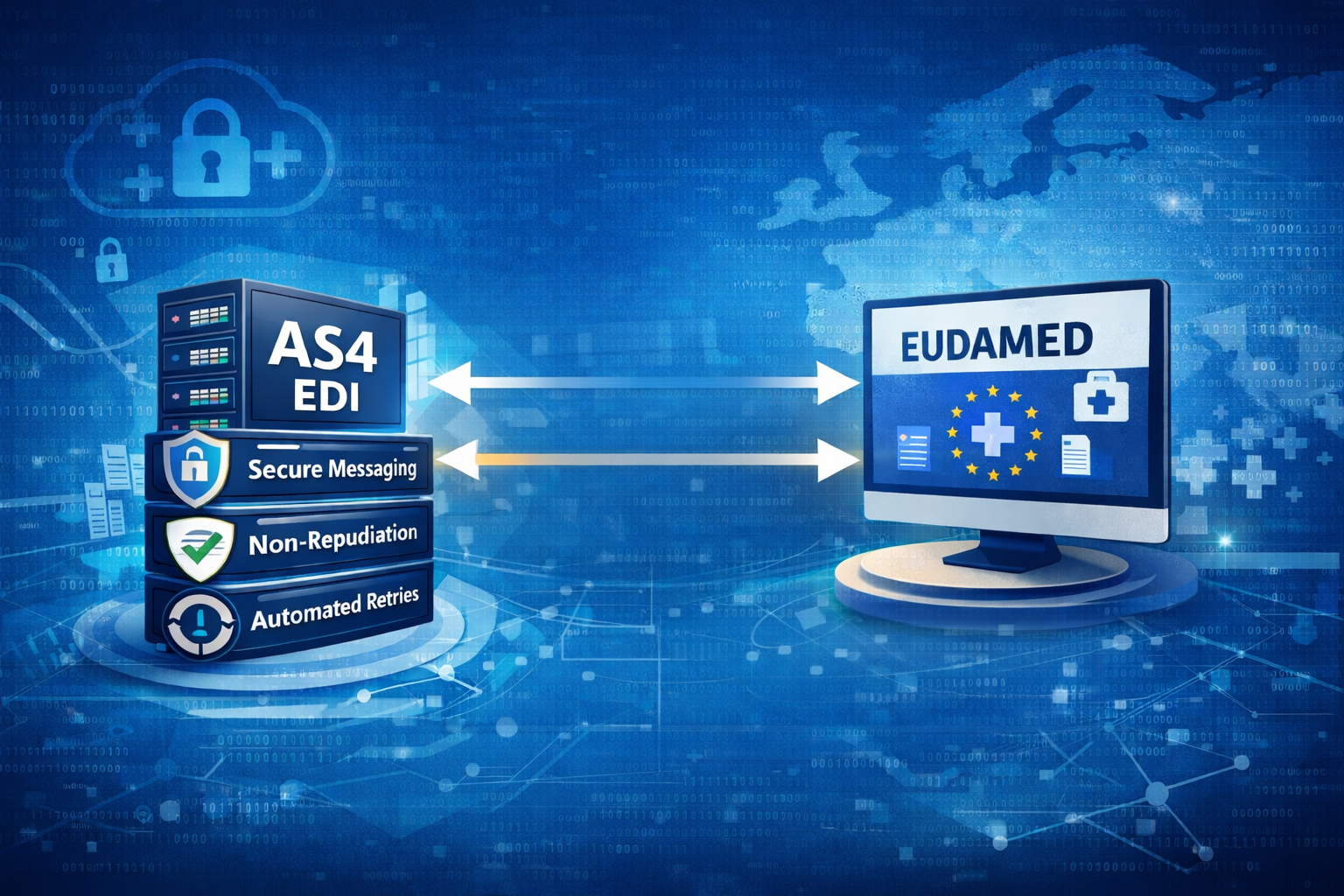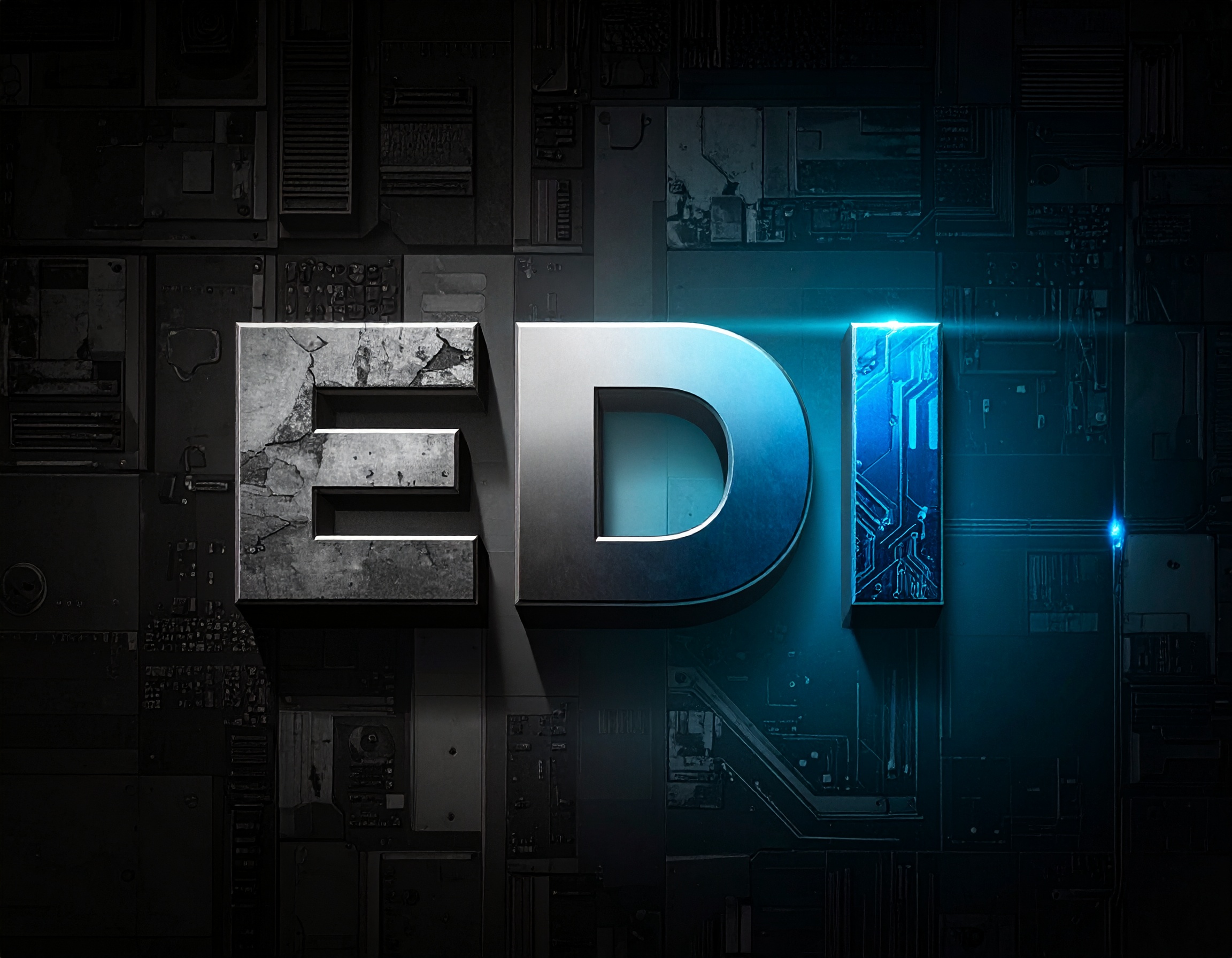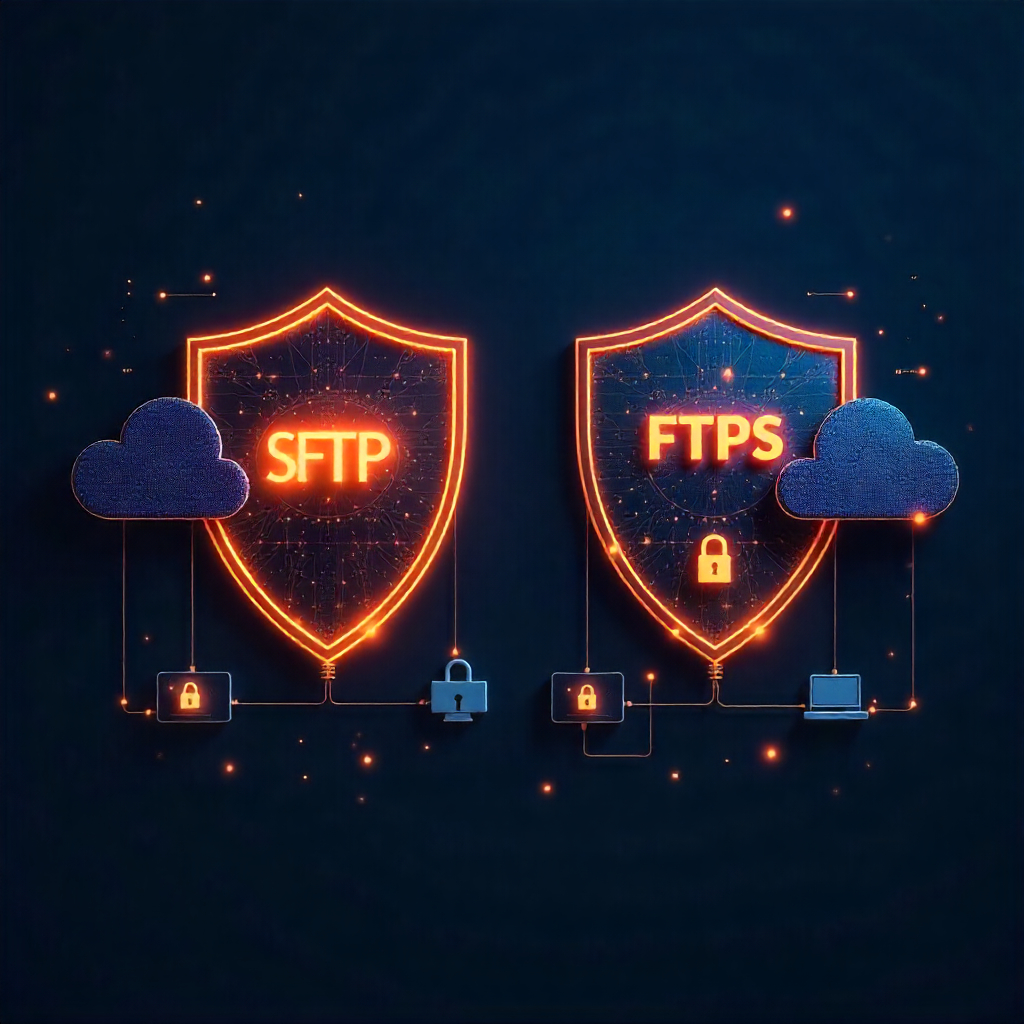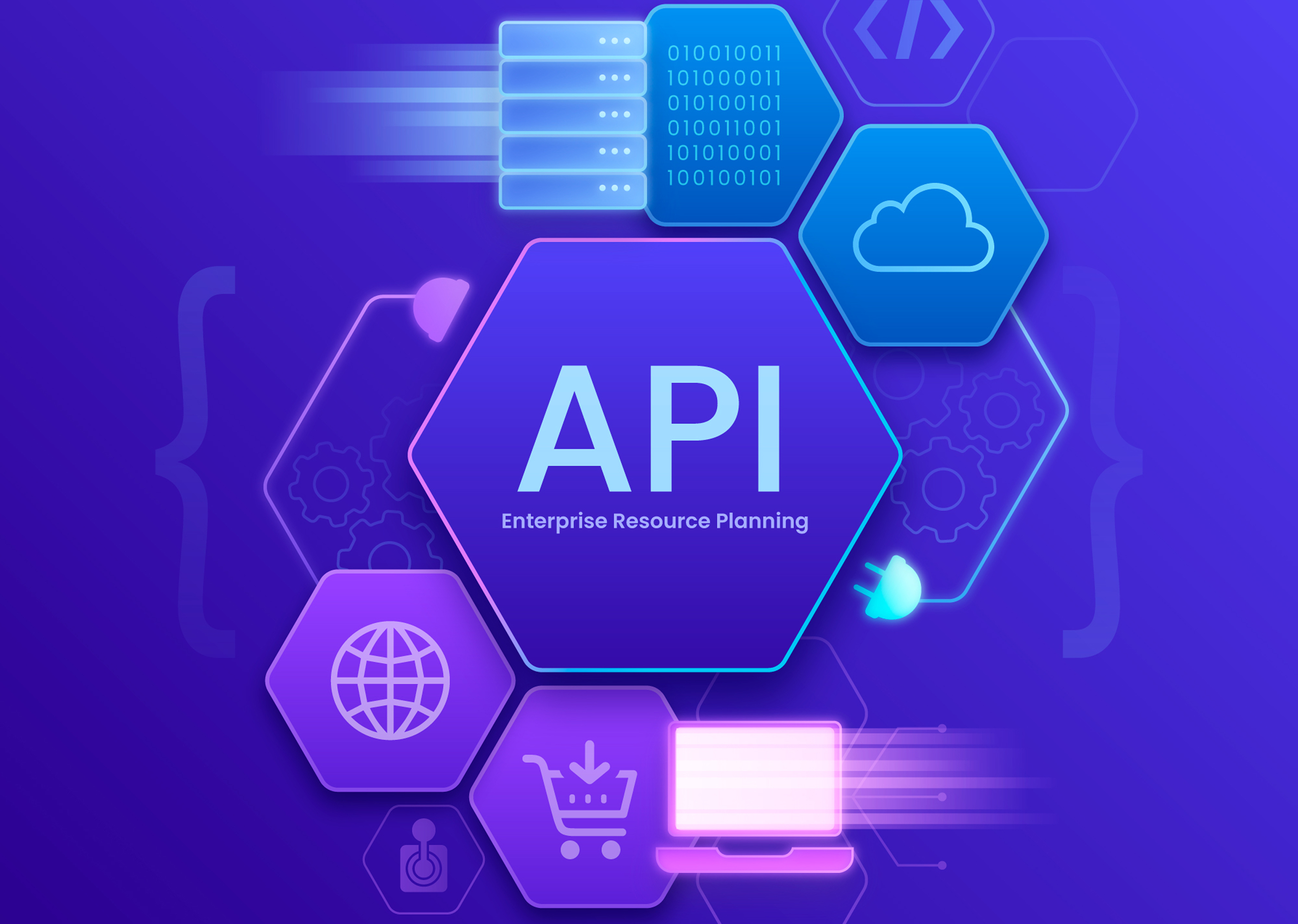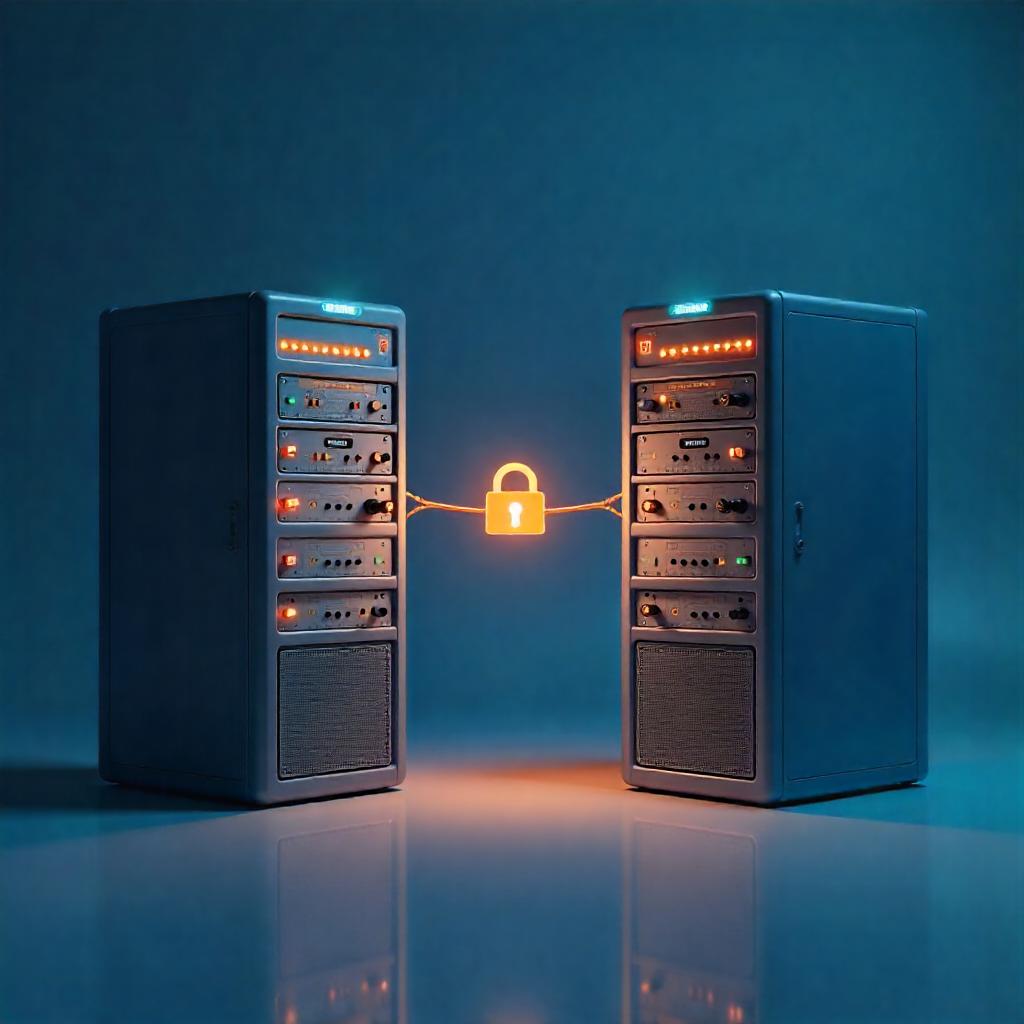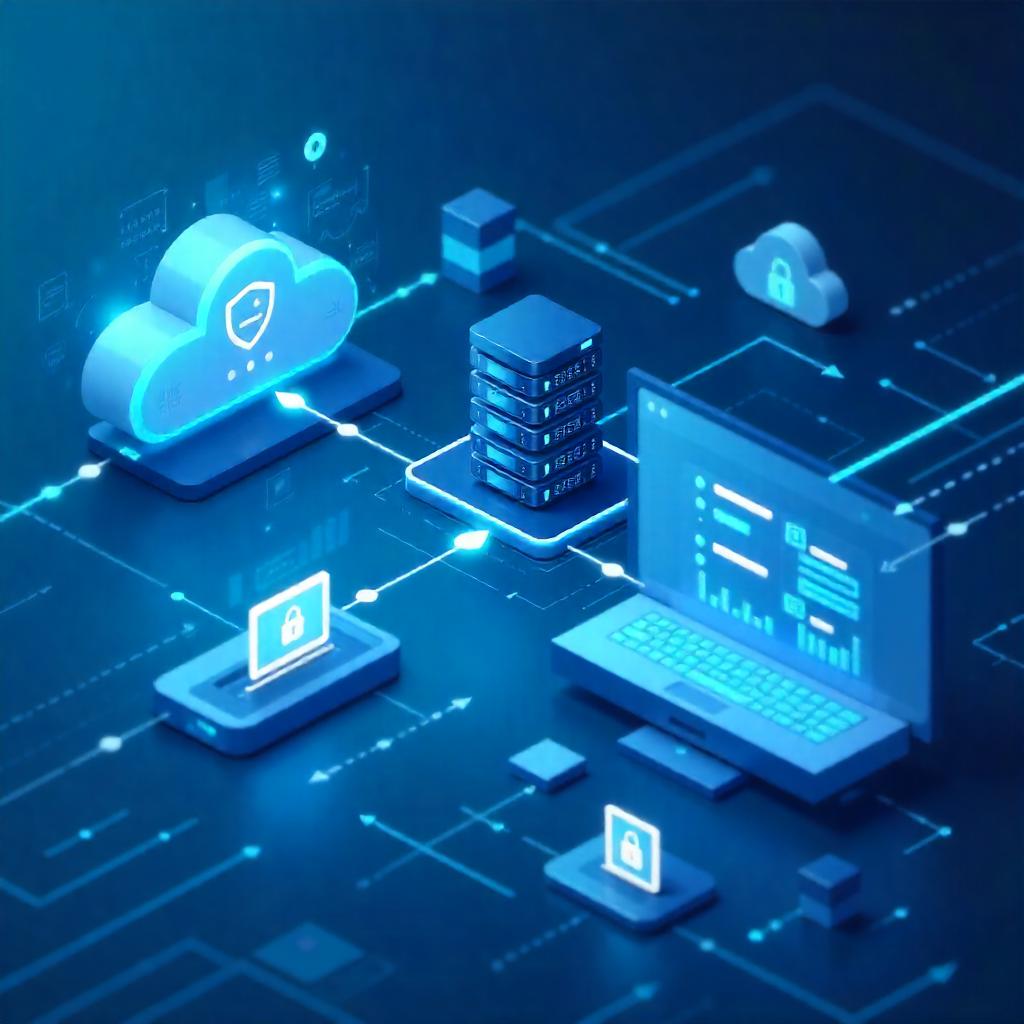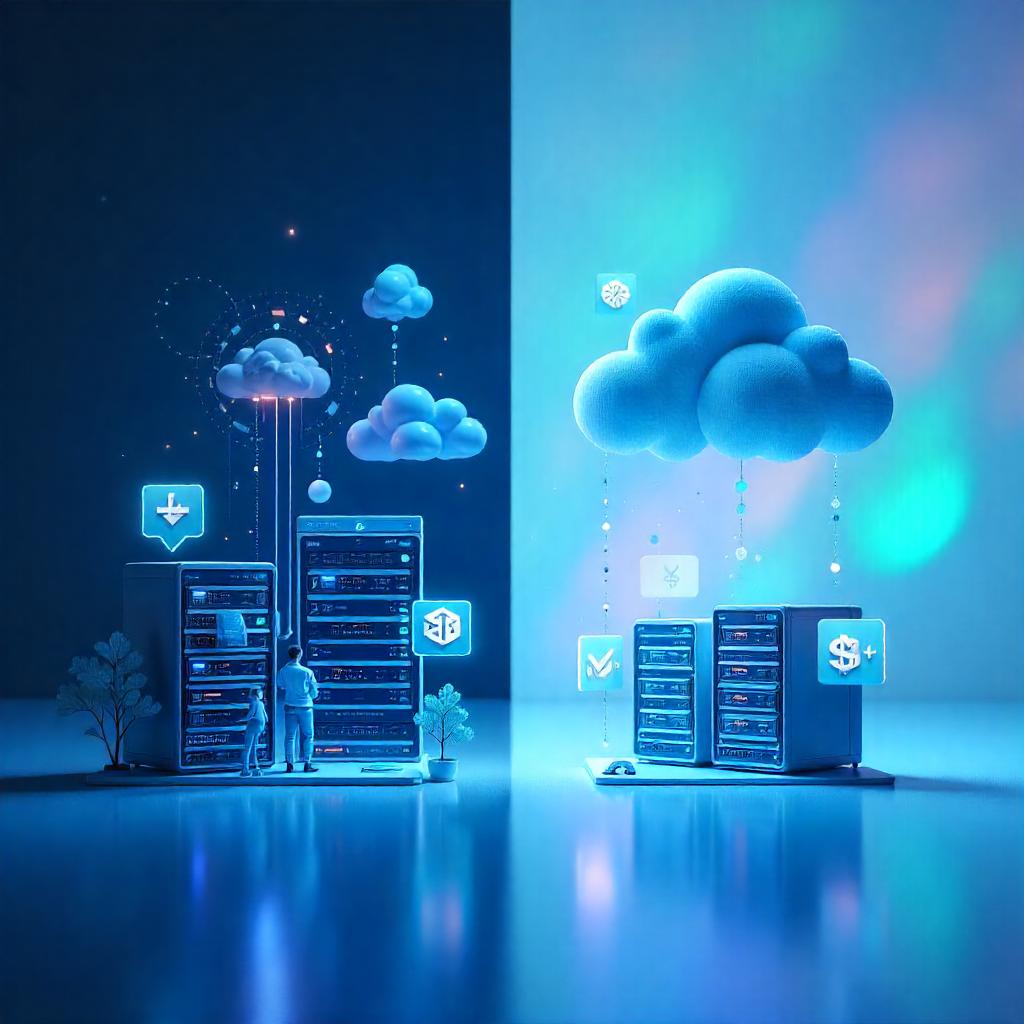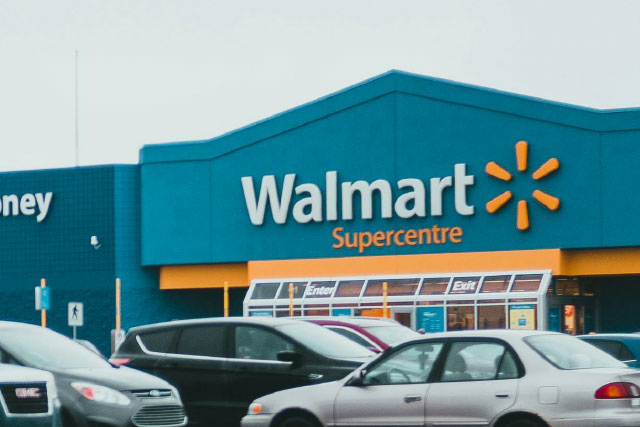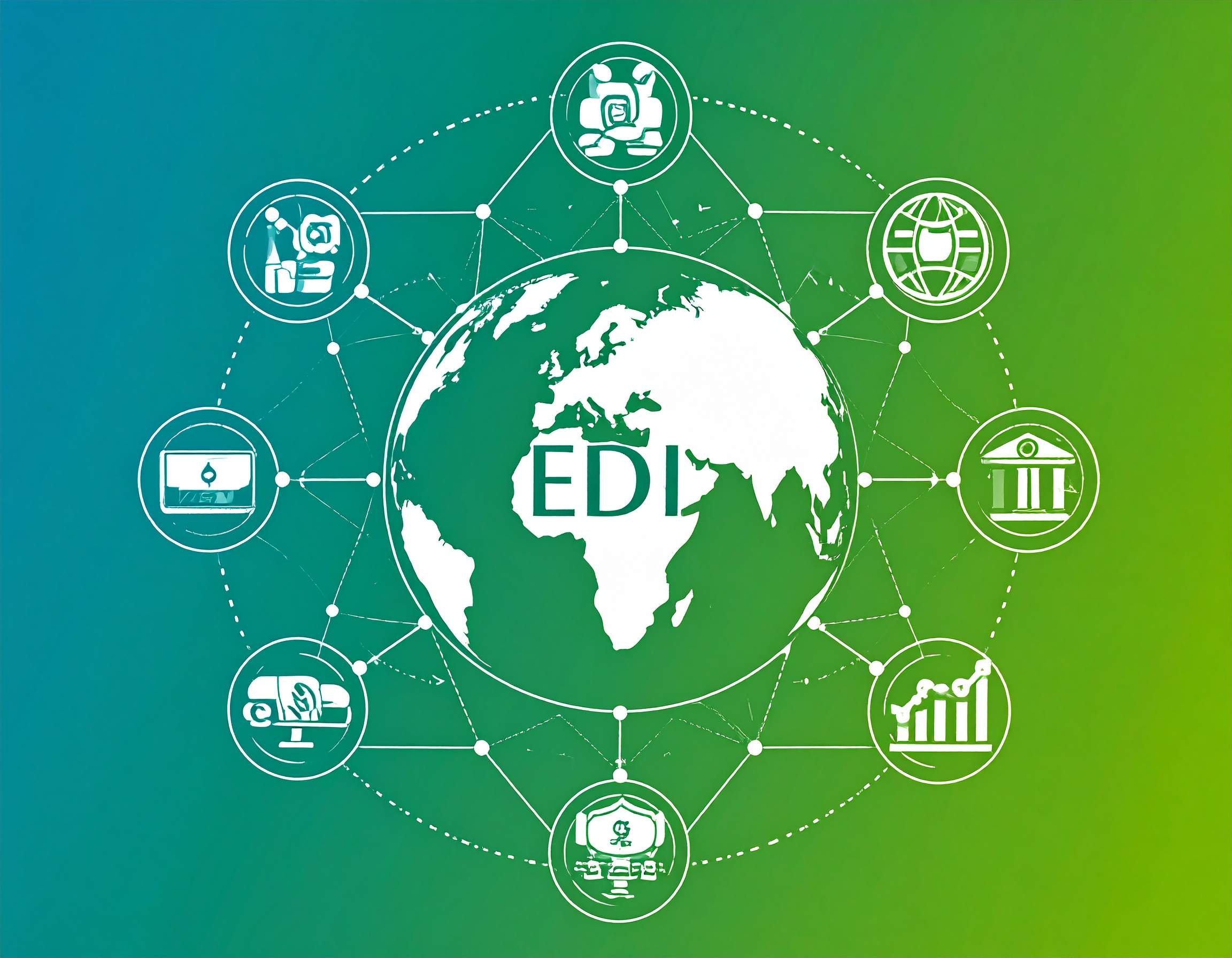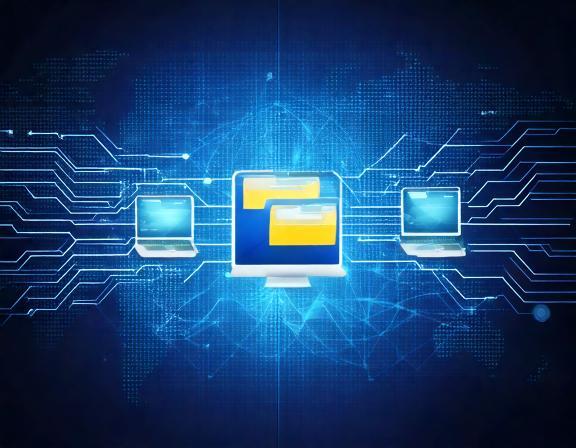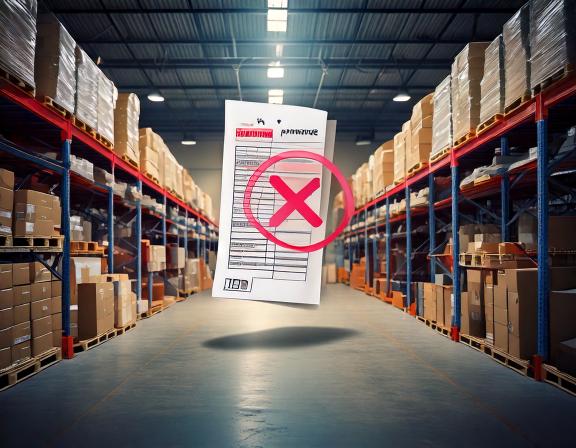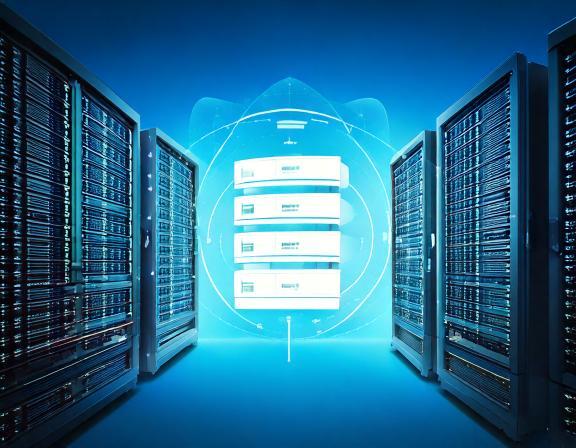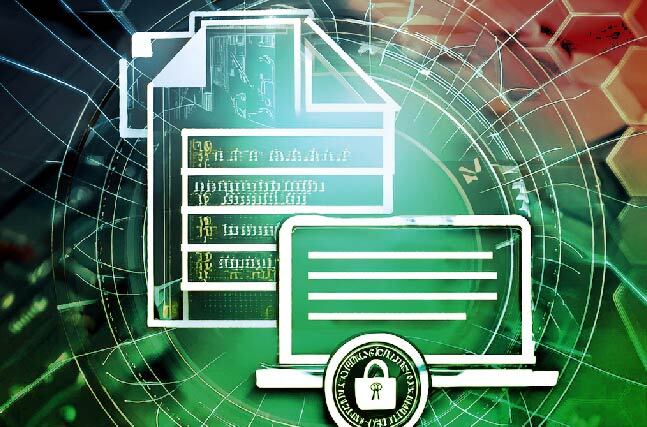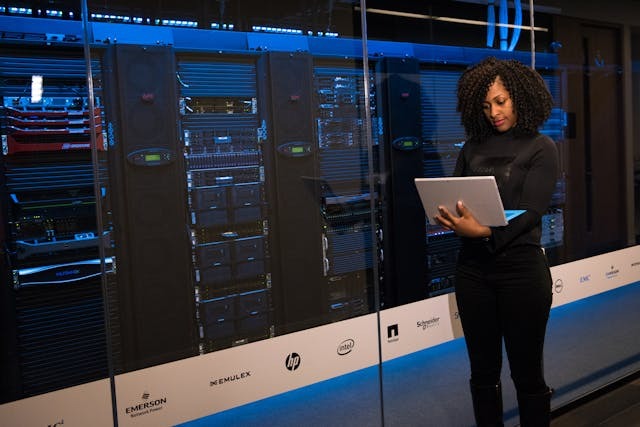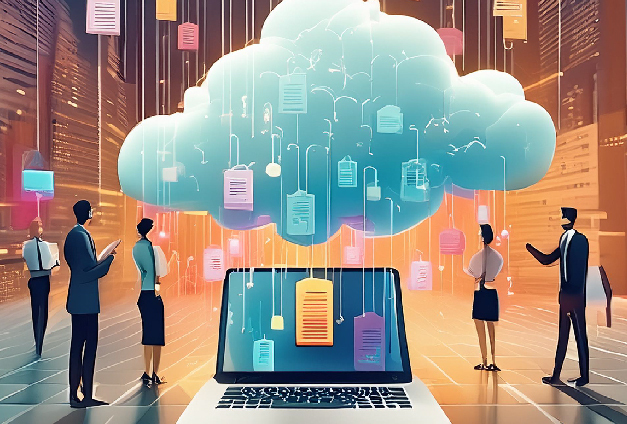MFT Gateway is a hosted Software as a Service (SaaS) solution that enables file exchange over the AS2 or SFTP protocol, without the need to install or maintain.
- Blog
- Expect no less: 10 vital features to expect from your MFT platform
MFT
Expect no less: 10 vital features to expect from your MFT platform
Discover the top 10 vital features every Managed File Transfer (MFT) platform must offer, from secure file transfer to future-proof scalability.

Janaka Bandara
Published: 03 Oct 2024

These days, Managed File Transfer (MFT) is a must-have for any business organization - be it retail, logistics, pharma, finance, manufacturing, you name it. While common opinion treats MFT as a secure file transfer function, a MFT solution can play a much greater role even in a typical business workflow.
✔️Secure file transfer
This is undeniably the primary expectation of any MFT platform. Modern MFT security features engage industry-grade encryption and signing technologies to guarantee confidentiality and integrity for each file being transferred. You as a sender can verify that the recipient - and only the recipient - got an exact copy of the data or file that you intended to send.
✔️Secure data storage
Every MFT platform will have to store the data files being transmitted or received, at least for the brief duration of time of the transaction (but in most practical casss, for an extended period of time usually spanning several months). Hence just like MFT security sfeatures protect the content during transfer, the platform should be able to securely store the content, preventing access from unauthorized or unintended parties.
Most cloud MFT platforms such as Aayu MFT Gateway employ cloud-native storage services which provide at-rest encryption by default. Additional security, as may be mandated by regulatory or compliance requirements, can be facilitated by providing customer-managed encryption keys (CMK), or additional software- or hardware-level encryption (e.g. BitLocker), especially in on-premises or dedicated installations.
✔️Guaranteed delivery
This is a major part of the essence of the “M” (“managed”) in “MFT”. It is almost as important as the secure file transfer function itself because, without a guarantee of receipt, there is no way to ensure the completion of a data transaction. Once a file is handed over to the MFT platform, it should be able to provide a guarantee that either the recipient got the file intact, or that the transaction could not be completed due to some fault.
Most MFT protocols such as AS2 and other applicability-statement flavors, include receipts (disposition notices or MDNs) sent back by the recipient, for the exact same purpose. This must be complemented with auto-retry mechanisms and a robust failure notification system to alert users about transmission or receipt failures without delay.
✔️Push notifications
If your MFT platform requires you to log in regularly and check for new transactions and/or failures, it is going to become another monitoring nightmare. Support for push notifications via emails, or IMs like Slack or Teams, would ensure that administrators and responsible end-users are immediately alerted of any transmission failures or anomalies without any additional effort - while also streamlining the alerting and processing of regular file transactions, be it manual or automatic.
✔️Ready-made integrations
Integrating your MFT platform with the rest of your business infrastructure for automated file exchange and processing, is highly beneficial - not only for automation and performance, but also for accuracy, accountability and scalability. So it is essential that your MFT solution goes beyond the traditional secure file transfer function, and offers readily usable mechanisms for integrating with your in-house systems and workflows - ideally with no-code or low-code.
While most products may offer conventional integrations like folder-based file upload/download, it is good to have the capacity for more modern and versatile technologies like REST APIs and webhook notifications which may come into play with future modernizations of your business workflow. Cloud-native integrations like AWS S3 bucket-based automation could also become handy with increasing tendencies of cloud-migrating of formerly in-house infrastructure.
✔️Access control
Files involved in MFT often contain confidential or sensitive data, so proper access-control is essential to ensure that each organizational user has access to just the right level of detail. Automated audit-logging will complements this, whereby each user action or configuration change is recorded in detail for future reference, troubleshooting, and industrial or legal/federal compliance.
Role-based access control (RBAC) is such a popular and versatile mechanism whereby each user is assigned a group or role with only the relevant permissions to data and resources; for example, support personnel may be allowed to make changes to MFT connection configurations, but may not be allowed to download or view the actual files that are being transacted.
✔️Protocol maturity and extensions
MFT protocols themselves evolve over time, with new features, extensions and, security upgrades. For example, AS2 - the most popular protocol in the retail industry - has incorporated several extensions since its original publication in 2005, such as filename preservation and support for multiple files in a single message - which could reduce your cost by an order of magnitude, especially during batched or periodic transfers.
A MFT product that stays abreast of these developments - whilst maintaining stability of its core features - is essential for staying ahead of the competition and reaping the maximum benefit from the underlying secure file transfer function.
✔️Maintainability
Once installed, a managed file transfer platform should be autonomous so as to not become yet another monitoring or maintenance burden. This involves negotiation and rectification of non-critical failures without requiring human intervention, efficient allocation and reclamation of runtime resources such as disk space and memory (so that you do not have to), and having a reliable escalation mechanism to alert the admins of potential issues as early as possible (so that they can have a nightmare-free, good night’s sleep).
Meanwhile, adopting modern solutions like cloud-native or serverless MFT can save your team from the overhead of periodic cleanup, maintenance, infrastructure allocation and management, and manual scaling operations typically required by traditional solutions. As the saying goes, no server is better than “no server”.
✔️Observability
While autonomy and automation are important, you should always be able to drill down into details of MFT transactions if the need arises; often the same is also mandated by compliance standards. Robust logging and auditing is therefore critical considerations for a MFT platform choice, as is the ease of analysis of such information for detecting patterns, anomalies and performance bottlenecks.
Furthermore, over-the-time transfer statistics such as file types and sizes, latencies and error rates, serve as useful indicators for recognizing daily, weekly or seasonal patterns for efficient resource allocation, and identification of opportunities for performance and cost optimization. A dashboard with time- and connection-oriented usage data summarization and analytics is very useful in this regard.
✔️Future-proof scalability
The solution you choose, is probably going to serve your business for several years; hence you should plan for the scale of operations not of today, but of one, five or even ten years from now. The simplest way to achieve this goal is to go for one that has scalability built into its core, such as a cloud-native platform that will simply and transparently scale up and down with your business activities without requiring significant over-allocation of resources and budget, or performance degradations due to unexpected spikes.
On the other hand, if you are already handling (or foreseeing) high transactional volumes, a volume-independent fixed pricing model could better accompany your use-case. The more you get to know and analyze your exchange volumes and patterns, the easier it is to predict the future; so keep open pricing and scaling options, and be ready to embrace changes at the same pace.
In conclusion
Modern managed file transfer solutions go beyond typical security features and file transfer functions, to become an integral part of your organization’s business workflow, cybersecurity portfolio, and monitoring/analytics pipeline. Therefore, be sure to perform the due research and check most (if not all) of the boxes when choosing or upgrading to your next MFT solution.
Check out our cloud-native MFT solution to see how its zero-maintenance, unlimited scalability and rich feature-set fits into your business workflow, domain and tech stack - or our platform-independent AS2 solution that can run anywhere to meet maximum control and customization needs.

Talk to an EDI Expert
Join hundreds of organizations already taking full control of their B2B AS2 communications with our trusted solutions. Contact us today to tailor a solution that fits your specific AS2 EDI needs.
Related Articles
View All BlogsExplore our product stack
Try before you buy with a 30-day Free Trial
No commitment, all value. Try the AS2 Solution Risk-Free and discover how our solutions can transform your business workflows. No credit card required.
Explore Your Possibilities
Elevate AS2 Communications with our EDI and AS2 Solutions
See how our AS2 and EDI solutions can simplify your integrations, boost efficiency, and keep you compliant—request a personalized demo today.




